Rain is loved by film directors
Rain is considered to be a key element of cinema. At some point in our lives, we have all watched a film with a scene set in the rain, that has deeply affected us. Rain is cathartic; it transcends our emotions and expresses our innermost feelings.
Rain has symbolised the expression of love in Matchpoint by Woody Allen, seduction in In The Mood for Love by Wong Kar-Wi, hatred in American Beauty by Sam Mendes, and the expression of sadness or grief in films like Watchmen by Zach Snyder or in numerous Disney films wherein weather mirrors the emotions of the characters.
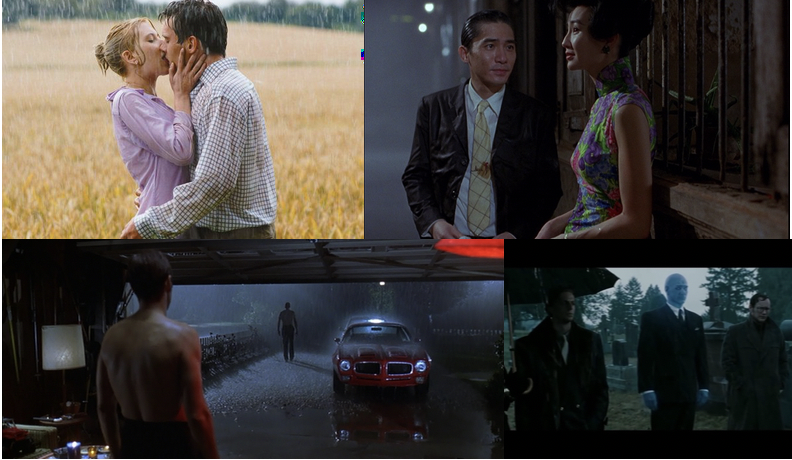
But what about umbrellas? They’re an accessory so essential in daily life to face the rain, but where are they in films? What is the influence of umbrellas in movies? What do they symbolise?
Let’s start with the most classic umbrellas scenes
Two must-see references to umbrellas in movies.
The first of these films is one that makes immediate reference to umbrellas in its title: Les Parapluies de Cherbourg by Jacques Demy and his eponymous umbrella shop. The city of Cherbourg delightfully showered with rain throughout the film, is a magnificent setting to highlight umbrellas of all colours. We can notably recall the opening scene, with all the colourful umbrellas seen from above, outlining a poetic and dynamic city in this iconic musical.
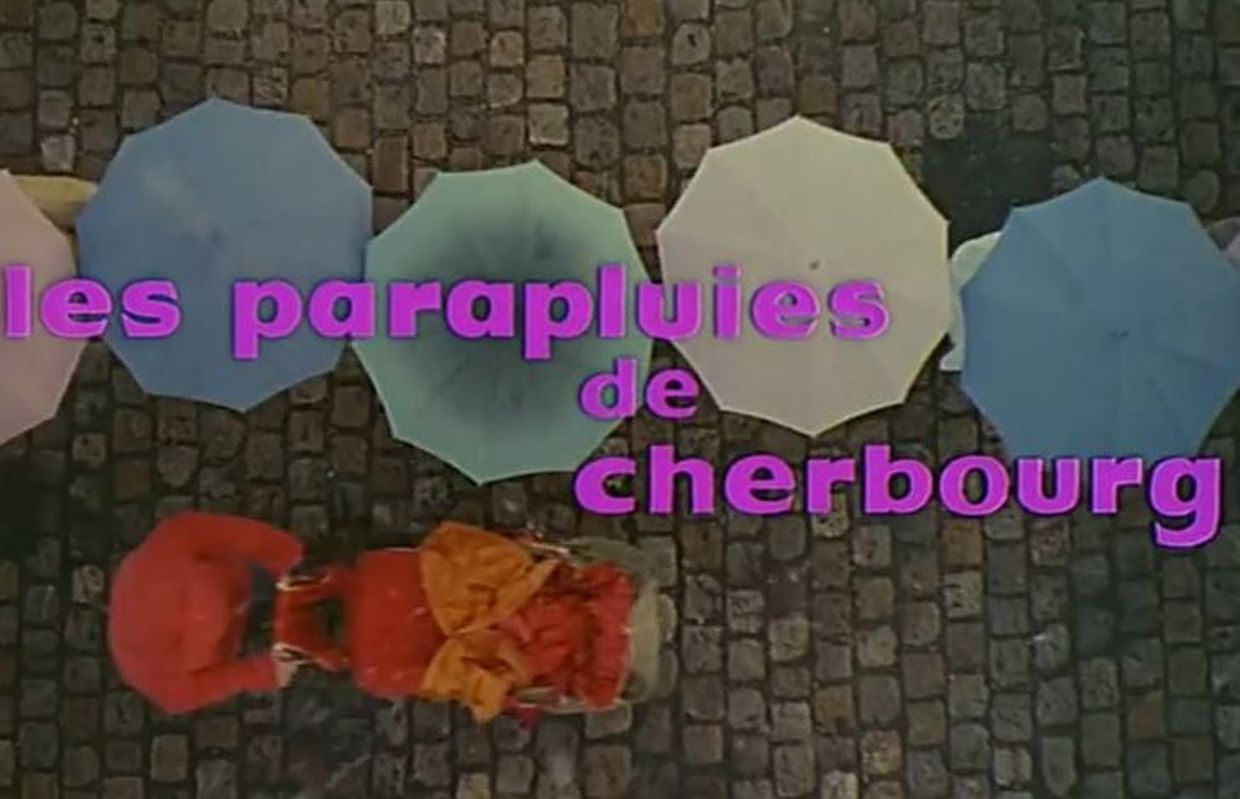
On the subject of musical comedies, it’s impossible to not mention that which is possibly the most celebrated scene in the history of cinema: the grand musical number in the rain in the film Singin’ in the Rain by Stanley Donen and Gene Kelly. Gene Kelly, brimming with loving candour, does not have the same relationship with the umbrella that we often see. The object loses its utility throughout the scene, as it appears that he has no intention to protect himself from the rain. This introduces an important message: the umbrella is a source of fun and undoubtedly allows us to appreciate the rain, whether it covers us or not.
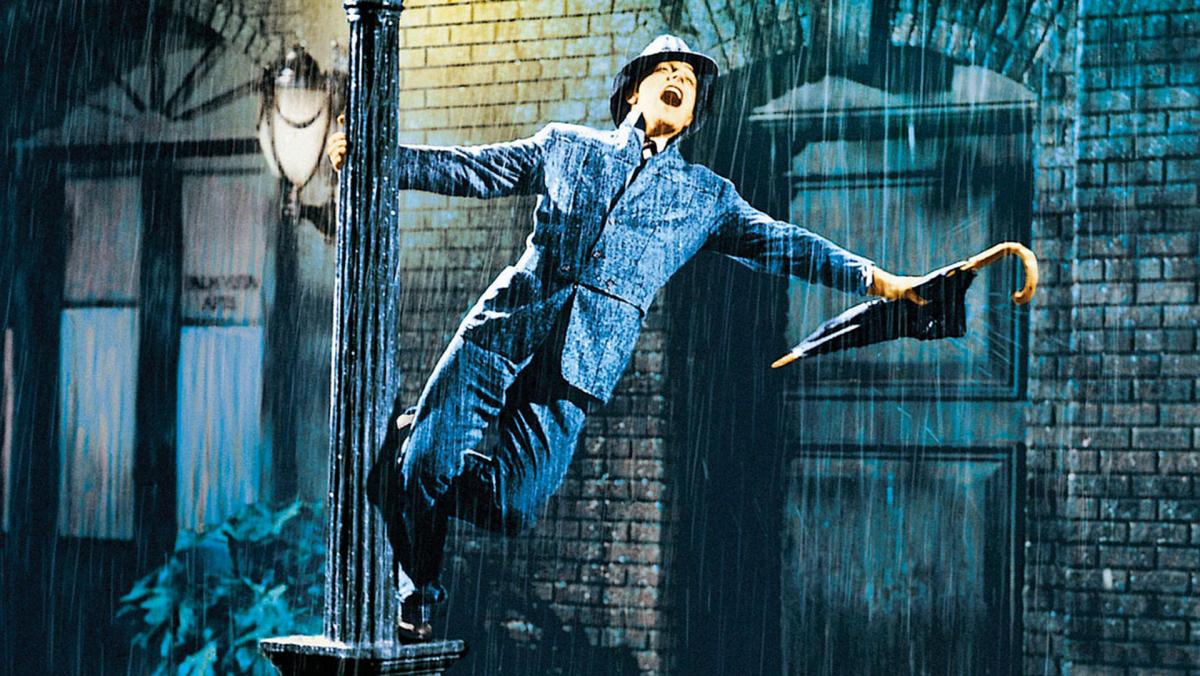
Beyond these fictional visions of umbrellas, umbrellas can be symbolic in other ways.
Umbrellas and anonymity in a crowd
Umbrellas can be highlighted as the centre of attention in films, but they can also be used for the opposite purpose. An umbrella is a cover in all senses of the word: it covers us from the rain but can also cover us from the sight of others. This effect is exacerbated in crowds, where it has become more common to see umbrellas used to create a sense of anonymity.
This can also be seen in movies. There are two examples that come to mind, where we see crowds densely packed with umbrellas, and aesthetic photography often taken from above. We think of the umbrellas from Minority Report by Steven Spielberg, in colour, or the crowds shot in black and white in The Foreign Correspondent by Alfred Hitchcock. In these two cases, the raised umbrellas present a clever loophole. We’ll let you watch the movies to find out how.
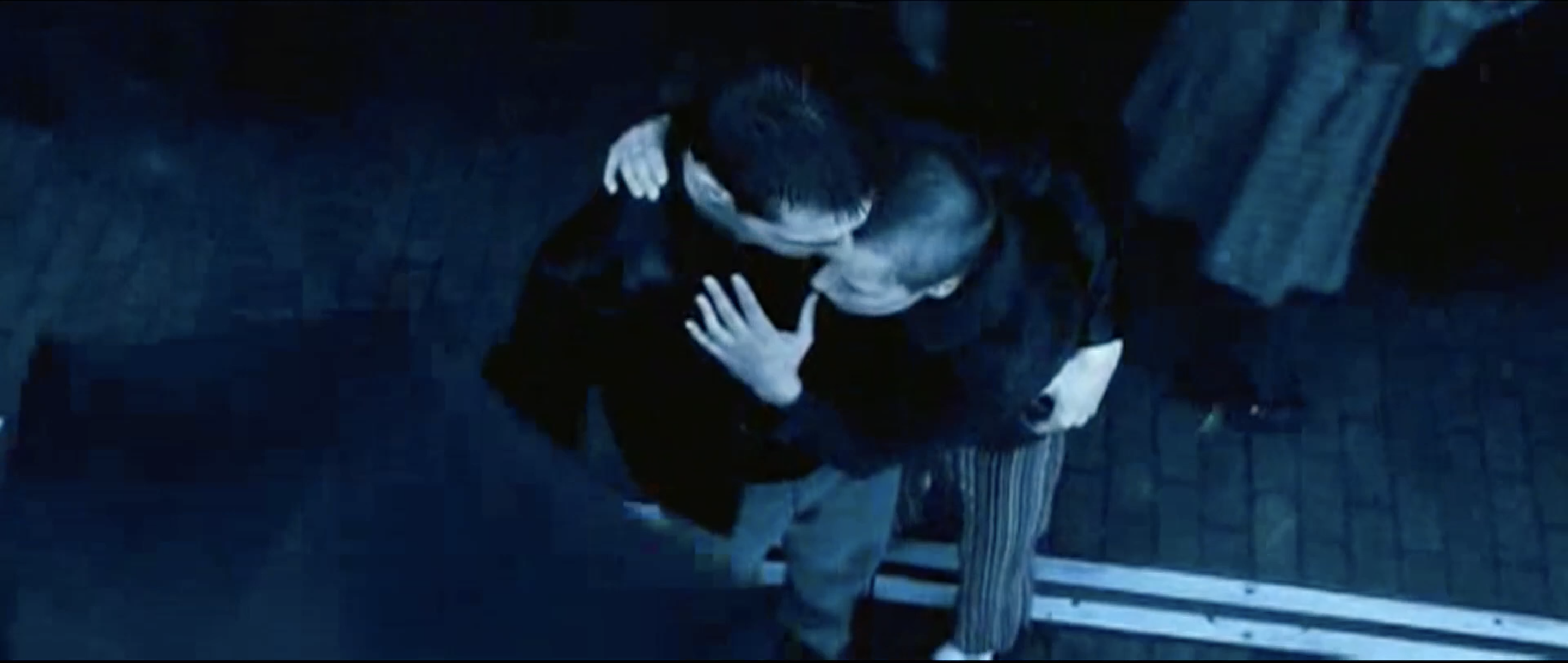
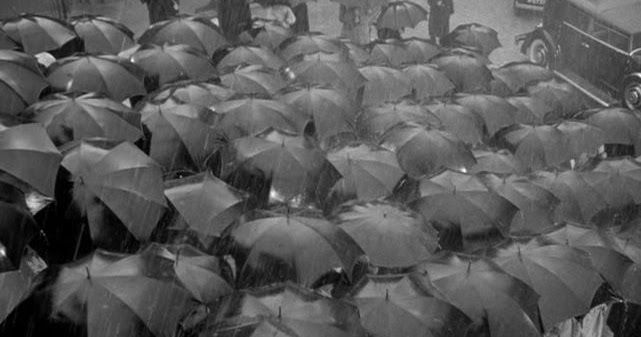
On the other hand, not having an umbrella in a rainy city can symbolise a certain isolation, like in the case of Harrison Ford, lonely and without an umbrella in the omnipresent showers of Blade Runner by Ridley Scott.
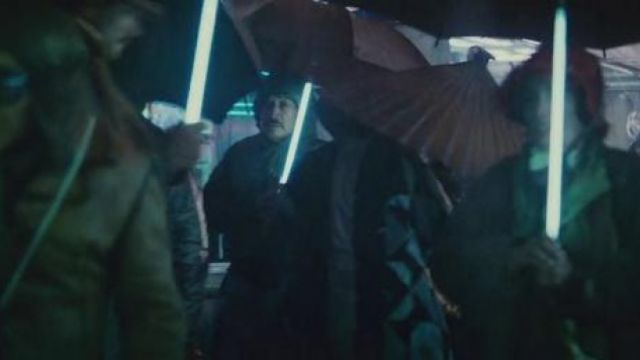
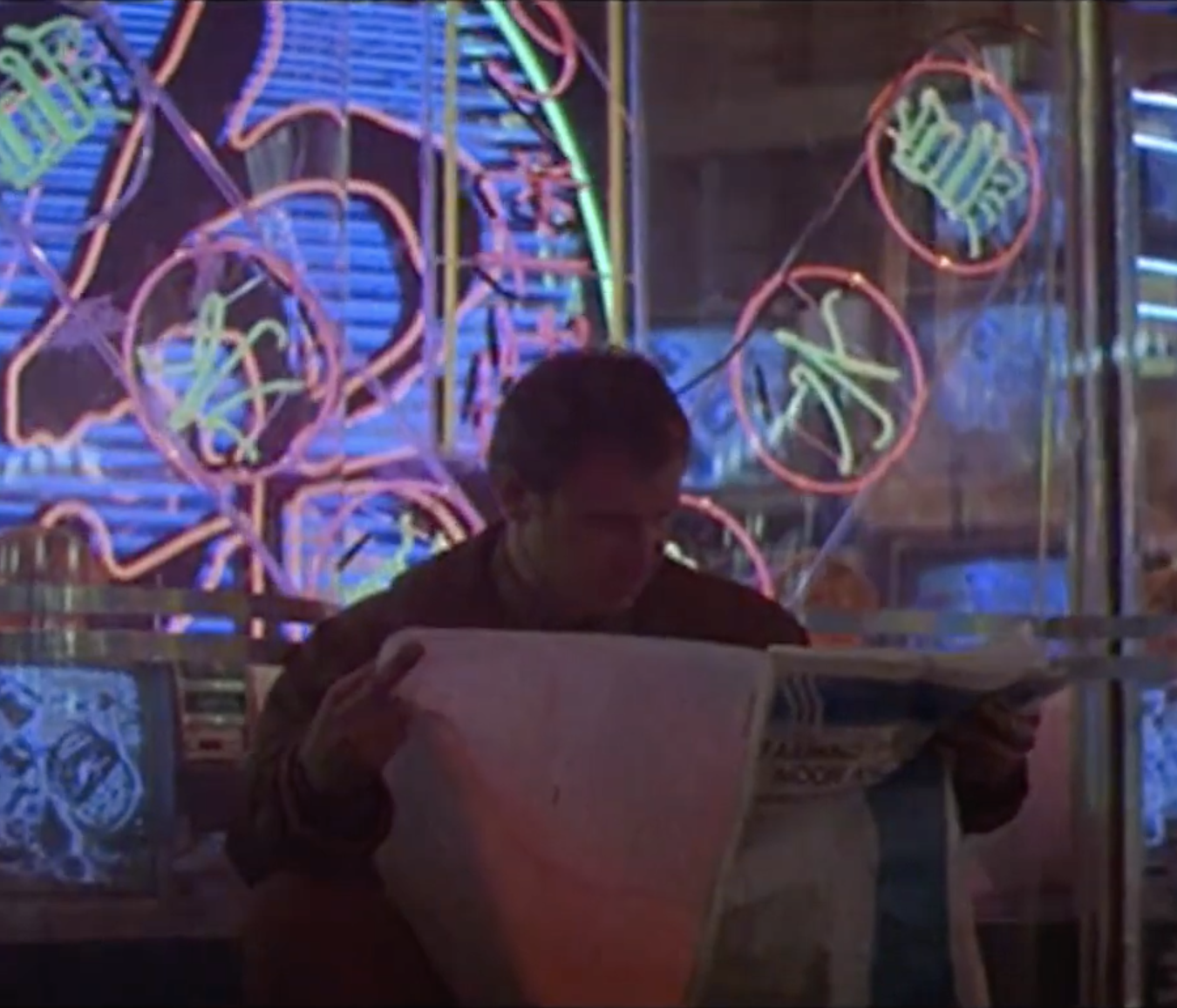
Umbrellas and poetry
On a lighter note, umbrellas are not always laden with such heavy meanings. They can sometimes be used to simply participate in the poetry of a plot.
When we think of a poetic umbrella, the image that comes to mind, straight from our imagination is My Neighbour Totoro by Studio Ghibli. Pure and contemplative poetry, and a natural and touching lyricism: All under an umbrella.
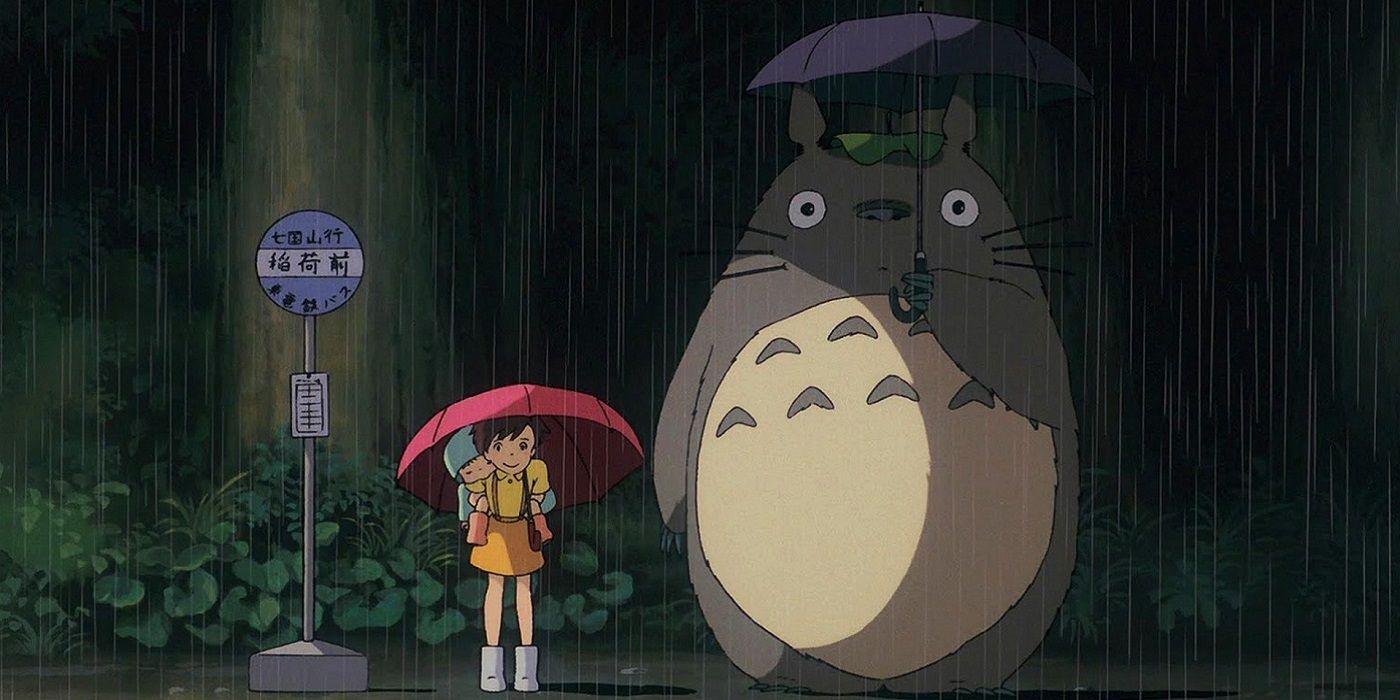
But if we think of daydreams and imagination, one of the most famous examples of umbrellas in cinema cannot be excluded! Mary Poppins doesn’t need the rain for her to take out her umbrella. When she flies up and away, our emotions follow her, and we are suddenly in the clouds with her…
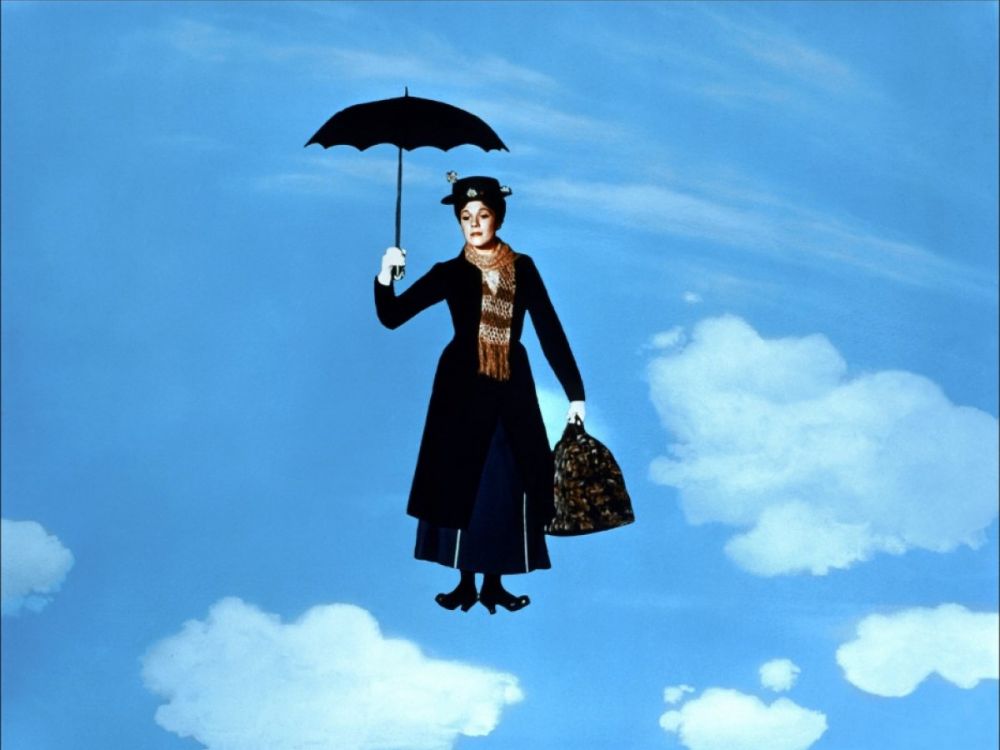
Umbrellas and combat
After reflecting on the touching and poetic aspects of umbrellas, we will conclude this article on a more anecdotal note. Umbrellas can also be used as a weapon.
Less dreamy, but certainly more efficient, umbrellas in some films are not only used to battle the weather, but foes as well. For this, we must look at some famous examples in acclaimed British films.
We can recall Hagrid in Harry Potter, who hides his wand in his umbrella, giving a surprisingly threatening twist to our favourite accessory.
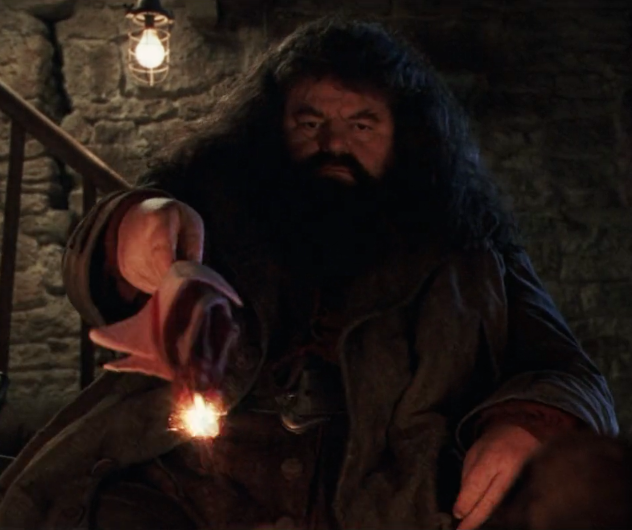
But most recently, a big production brought classic British elegance back into style: Kingsman by Matthew Vaughn. In this film, umbrellas are the perfect gadgets for the stylishly dressed and highly skilled spies. Though we may not use our umbrellas in the same way, one thing is for sure: an umbrella is a wonderfully useful tool that deserves to be innovated.
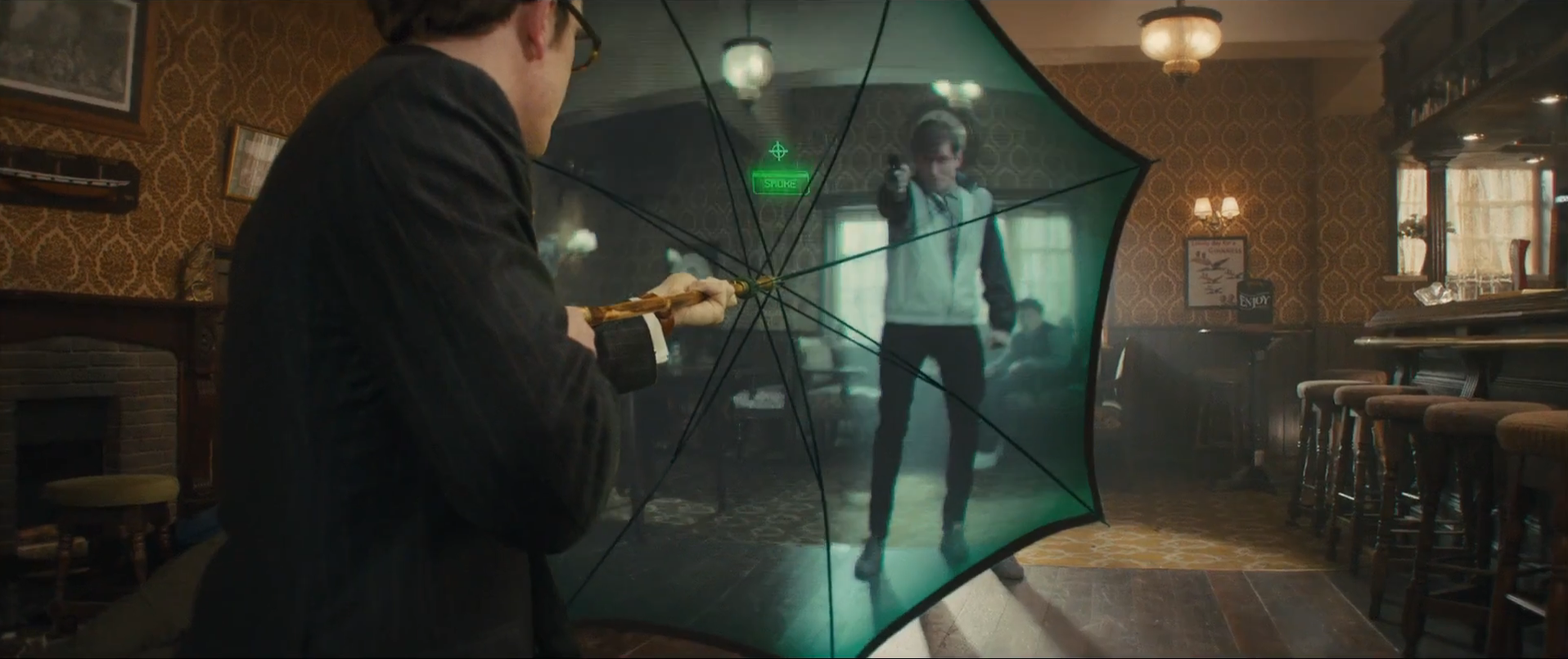
Sometimes elegant, sometimes poetic, sometimes practical… Umbrellas in movies, in every form, perfectly corroborate our point of view as the perfect compromise between practicality and aesthetics.
François